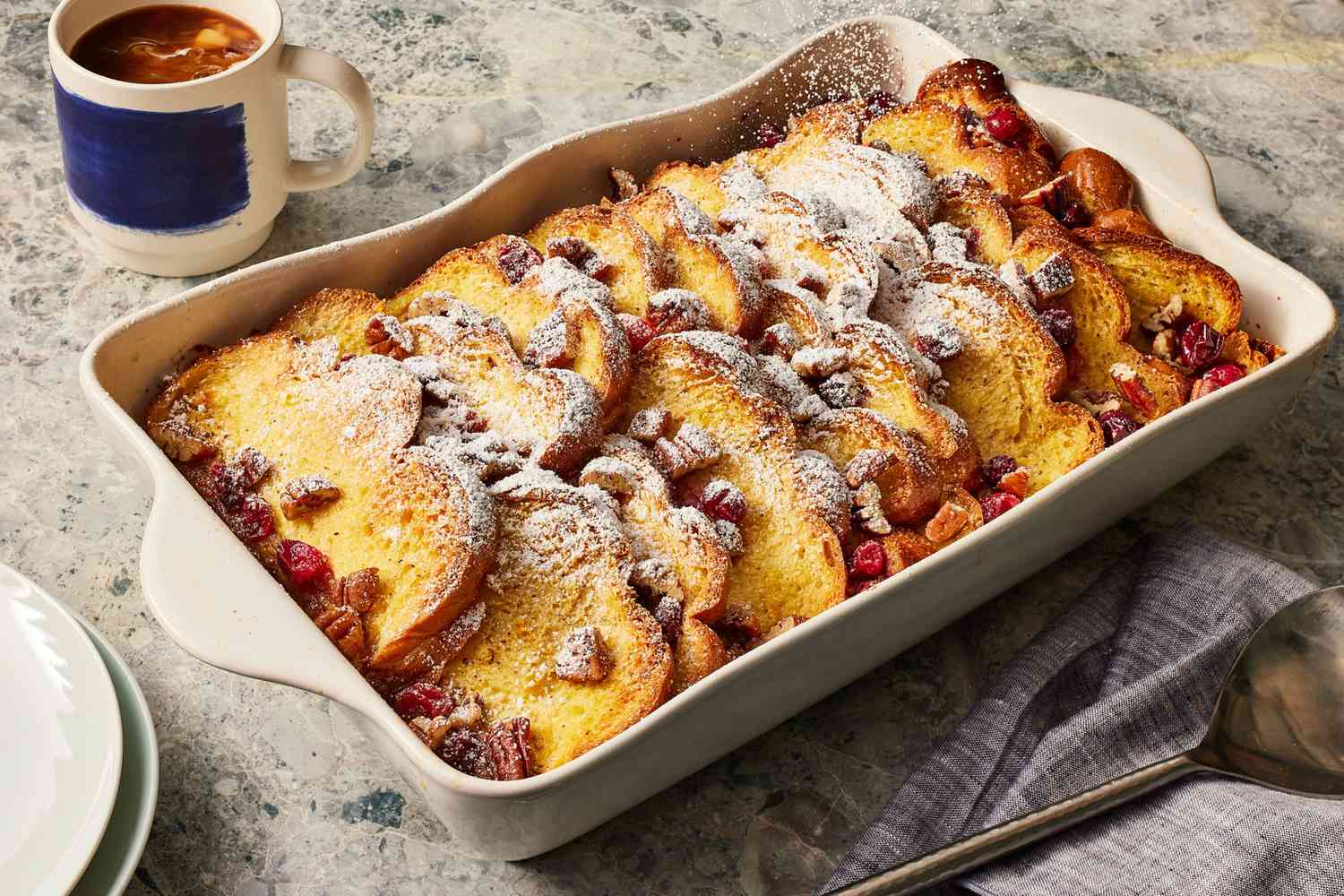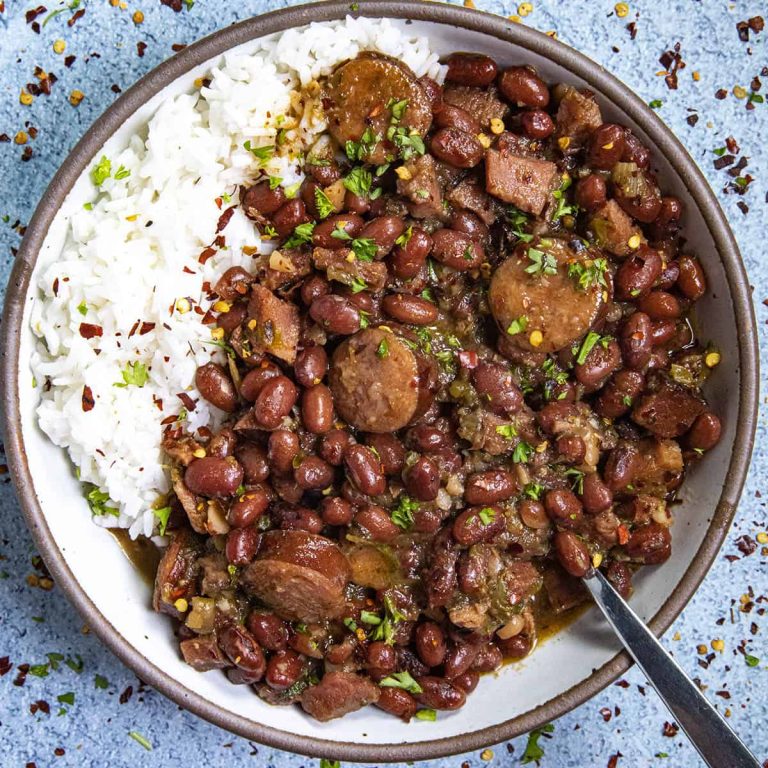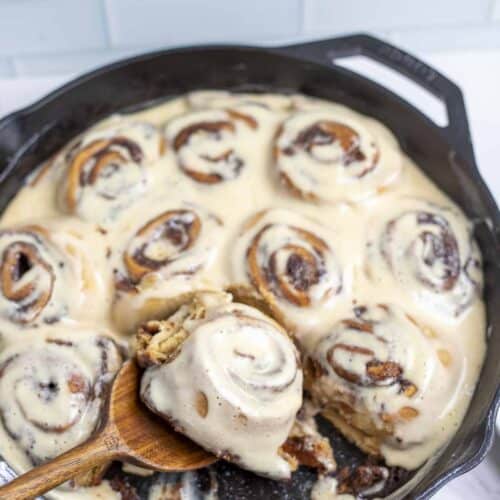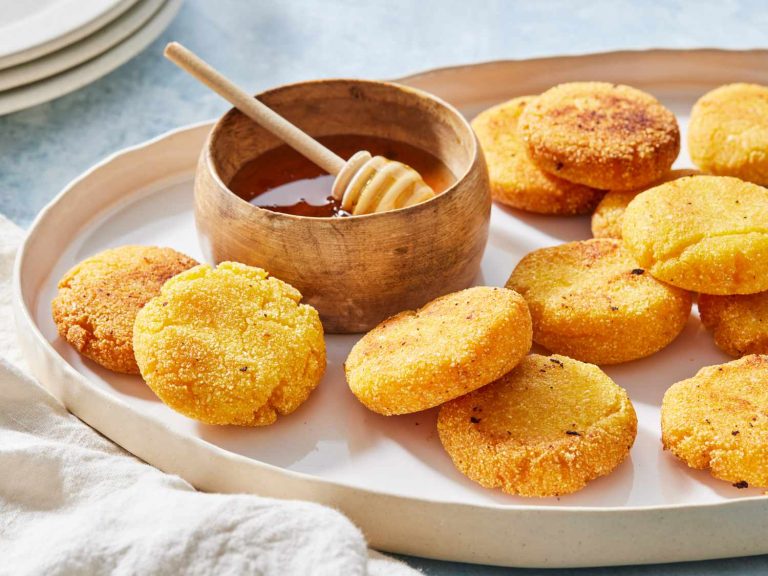Custard Recipe: Essential Tips, Variations, and Creative Serving Ideas
Simple custard needs only a handful of ingredients. You’ll use milk or cream, egg yolks, sugar, and flavoring. Milk and cream form the base, providing the creamy texture. Egg yolks thicken the mixture. Sugar sweetens the custard. Typical flavorings include vanilla extract or a vanilla bean. For a twist, some recipes may call for nutmeg or citrus zest.
The History and Origin of Custard
Custard traces its origins to ancient Rome where cooks used it as a filling in pastries. The term “custard” comes from the French word “croustade,” referring to a crust. It’s been popular in European cuisine since the Middle Ages. Custard’s versatility allowed it to evolve into numerous variations across cultures. Today, it’s a beloved dessert worldwide.
How to Make Simple Custard
Essential Equipment
To make simple custard, gather the essential equipment. Use the following tools for a smooth process:
- Heavy-bottomed saucepan: Ensures even heating and prevents scorching.
- Whisk: Blends ingredients and creates a smooth texture.
- Heat-resistant bowl: Suitable for mixing and resisting high temperatures.
- Measuring cups and spoons: Ensures accurate ingredient quantities.
- Fine mesh strainer: Removes any lumps for a creamy consistency.
- Thermometer: Checks and maintains the correct temperature.
Step-by-Step Recipe
Follow these step-by-step instructions to create simple custard:
- Prepare Ingredients: Measure out 2 cups of milk, 4 egg yolks, ½ cup of sugar, and 1 tsp of vanilla extract.
- Heat Milk: Pour the milk into the saucepan. Heat over medium until it’s just about to simmer. Avoid boiling to prevent curdling.
- Whisk Egg Yolks and Sugar: Combine egg yolks and sugar in a heat-resistant bowl. Whisk until the mixture is pale and thick.
- Temper Egg Mixture: Gradually add the hot milk to the egg mixture, whisking constantly. This step prevents the eggs from cooking too fast.
- Cook Custard: Pour the mixture back into the saucepan. Cook over medium-low heat, stirring constantly, until the custard thickens and coats the back of a spoon. Aim for a temperature of 170°F to 175°F for optimal consistency.
- Strain Custard: Pour the custard through a fine mesh strainer into a clean bowl to remove any cooked egg bits.
- Add Vanilla: Stir in the vanilla extract for flavor. Ensure the custard is smooth and well-blended.
- Cool and Serve: Let the custard cool. Transfer to a fridge-safe container and refrigerate until chilled. Serve as desired.
By using precise equipment and following detailed steps, you can achieve a perfect simple custard, ensuring a delightful dessert experience.
Variations of Simple Custard
Flavor Additions and Substitutions
Adding various flavors can elevate simple custard. Vanilla extract or vanilla bean adds a classic taste. For a citrus twist, include zest from lemon or orange. Chocolate lovers can melt dark chocolate into the mixture for a richer dessert. For an aromatic touch, infuse the custard with spices like cinnamon or nutmeg during cooking. Replace milk with coconut milk or almond milk for different base flavors.
Dietary Adjustments
You can adjust custard to meet dietary needs. For a lactose-free version, substitute dairy milk with almond, coconut, or soy milk. Use egg substitutes, like chia or flax seeds, mixed with water to accommodate vegan diets. Opt for stevia or erythritol to make a sugar-free custard. For gluten-free variations, ensure all ingredients, including flavorings, are certified gluten-free.
These adjustments make custard accessible to everyone, regardless of dietary restrictions.
Common Challenges in Making Custard
Preventing a Curdled Texture
Overheating curdles custard. Maintain a low heat and stir constantly to prevent this. Using a double boiler offers extra control. Avoid adding hot milk too quickly, as it’ll cause the eggs to scramble.
Achieving the Perfect Consistency
Consistency issues arise from incorrect thickening. Combine the right egg-to-liquid ratio and cook slowly. Gradual heating thickens custard evenly. Strain custard before chilling to remove lumps and achieve a smooth texture.
Serving and Storing Custard
Creative Serving Ideas
Serve custard in a variety of ways to enhance its appeal. Pour custard into individual ramekins, then top with fresh berries like raspberries, strawberries, or blueberries. Garnish with a sprinkle of powdered sugar for added elegance.
Layer custard in a trifle glass with sponge cake pieces and fruit. Alternate the layers between custard, cake, and fruit, ending with a custard layer. Top with whipped cream for an attractive finish.
Offer custard as a dipping sauce for baked goods like cookies, churros, or donuts. Present in a small bowl alongside the pastries for an interactive dessert experience.
Fill pastry shells like profiteroles, éclairs, or tartlets with custard. Dust with cocoa powder or drizzle chocolate sauce for a professional touch.
Best Practices for Storage
Store custard properly to maintain its quality. Transfer cooled custard into airtight containers immediately after reaching room temperature. Place parchment paper directly on the surface of the custard to prevent a skin from forming.
Refrigerate custard within two hours of preparation. Keep the temperature consistent, ideally at or below 40°F (4°C). Store for up to three days for optimal taste and texture.
Avoid freezing custard. The texture can become grainy and separate upon thawing, which affects the overall quality. If frozen, use within one month and stir vigorously after thawing to try to restore consistency.
Reheat custard gently if needed. Use a double boiler or microwave in short bursts, stirring frequently to prevent curdling. Serve immediately after reheating to enjoy the best texture.
Conclusion
Mastering the art of simple custard opens up a world of delicious possibilities. With its rich history and versatile nature, custard can be tailored to suit various tastes and dietary needs. Whether you’re experimenting with flavor variations or exploring creative serving ideas, there’s no limit to how you can enjoy this timeless dessert. Remember to store it properly and handle it with care to maintain its delightful texture and taste. Embrace the joy of making custard and let your culinary creativity shine.





